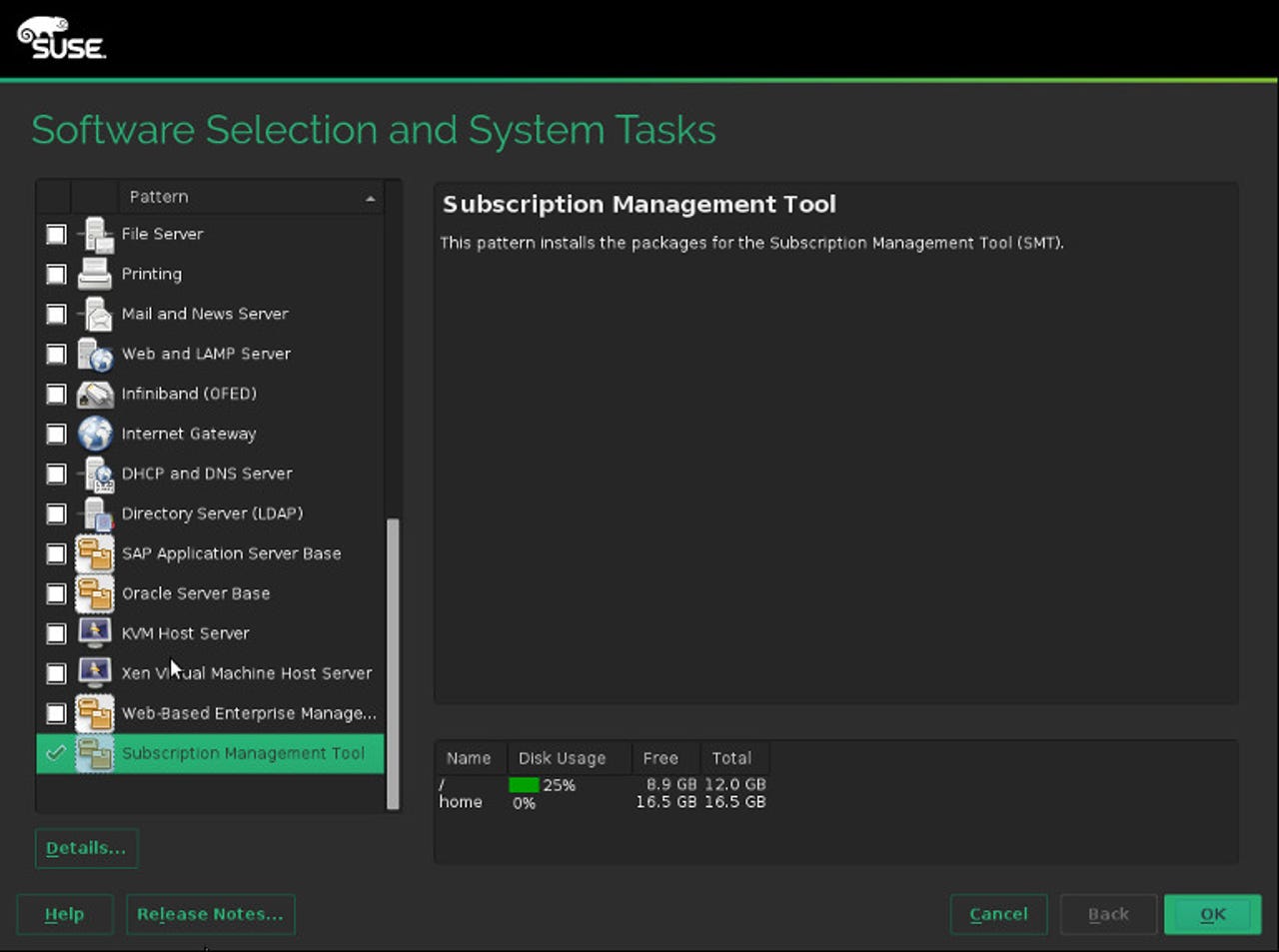SUSE Linux Enterprise 12 Service Pack 2 arrives

SUSE has long been a business Linux for business. With the arrival of SUSE Linux Enterprise (SLES) 12 Service Pack 2 , the first major update since last year, SUSE is staying the corporate Linux course.

The new SUSE Linux Enterprise Server is more powerful and still as easy to use as ever.
Enhancements to SLES 12 SP2 are across the board. They range from improved networking to greater hardware support to fundamental Linux improvements.
Enterprise Software
First on the list, SUSE claims a ten-fold increase in packet processing via software-defined networking (SDN). The new SLES combines Open vSwitch with the Data Plane Development Kit (DPDK). DPDK is a set of libraries and drivers for fast packet processing. End result? Faster, more flexible networking. This is a important for telecom providers that are adopting SDN and virtual network functions (NFV).
SUSE is also reducing downtime and improved I/O performance through persistent system memory applications by supporting Non-Volatile Dual In-line Memory Module (NVDIMM). This is a new kind of memory that save data in seconds and make data immediately available on reboot. NVDIMMs combine RAM speed with flash memory persistent storage, and, of course, high prices. But, if you need high-availability, SUSE and NVDIMM is a tempting combination.
Scott Farrand, Hewlett Packard Enterprise's (HPE) VP of Platform Software, said, "Next-generation applications, especially database and analytics applications, require new levels of performance. Through close collaborative engineering, HPE and SUSE have enabled support for NVDIMM technology on SUSE Linux Enterprise Server 12 SP2. This allows customers to begin achieving and exceeding performance requirements for next-generation applications."
SUSE also continues to push forward its market-leading mainframe Linux. This new version features improved IBM Power Systems LC and OpenPOWER servers support. For example, it now supports bare metal
The new SLES also reduced downtime for large-memory IBM POWER-based systems. It does this via minimized memory initialization times for server restarts along with high availability and geo clustering support for IBM POWER.
SLES also now includes support for the ARMv8-A architecture. You can even run SLES 12 SP 2 on a Raspberry Pi 3. More practically, SLES 12 SP 2 is one of this processor's first commercially available enterprise Linux platforms.
One nice universal feature is that SUSE has improved its service pack (SP) implementation. In the past, you had to upgrade from one SP to another step by step. With "skip service packs" functionality customers can jump directly from SLES 12.0 to SLES 12 SP2.
The new SLES also boasts simplified access to the latest packages and technologies via SUSE Package Hub integration with SUSE Customer Center. This enables customers to seamlessly obtain the latest open-source modules and package updates.
Finally, SLES SP2 images are available for public cloud infrastructures, These include Amazon Web Services (AWS), Azure, and Google Compute Engine.
"SUSE Linux Enterprise 12 SP2 has already earned rave reviews from partners and beta testers worldwide," claimed Olaf Kirch, SUSE VP of SLES Enterprise Engineering. "SUSE is committed to enabling customers to bring their state-of-the-art solutions to market faster by leveraging the latest technologies."
So, as you consider which Linux to use for your enterprise, keep SUSE in mind. It has everything businesses need.